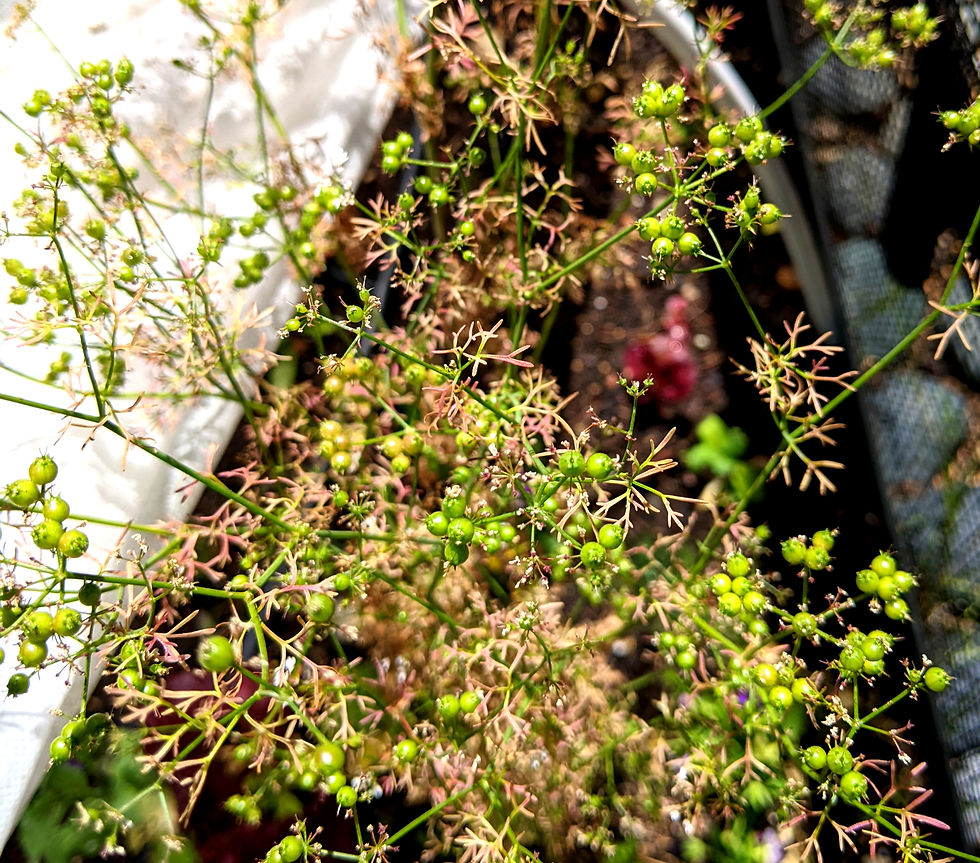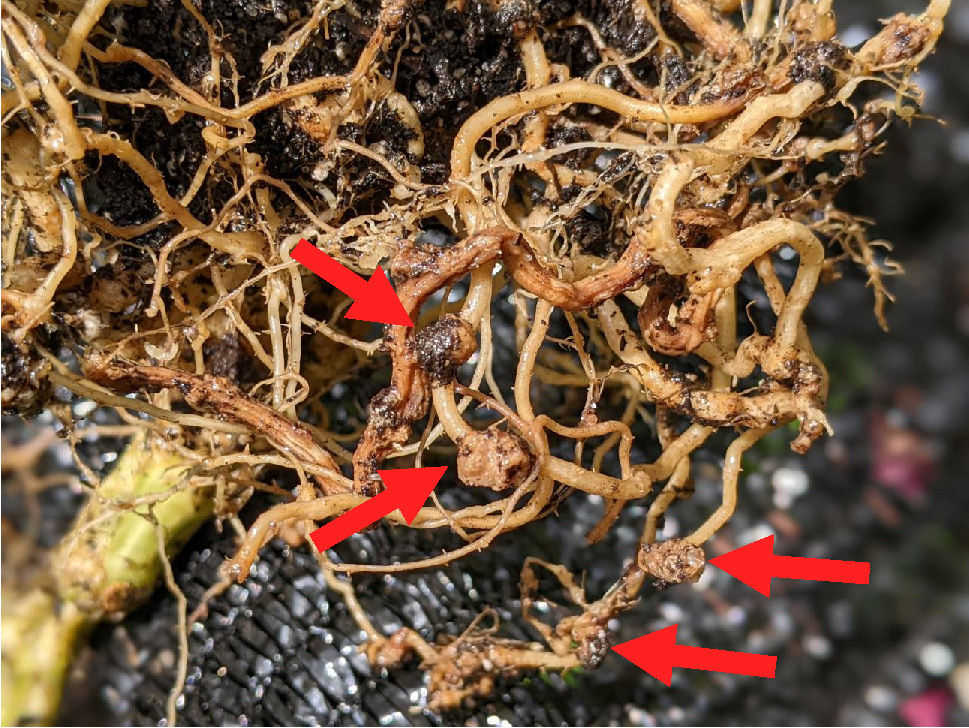Gardening in June
- Joleen OBrien
- Jun 1
- 4 min read
Updated: Aug 10
In June there can be a lot of variables shifting from Spring to Summer. Some days the weather is endlessly cloudy, with June gloom hanging around for days. Then there are hot spells that your tender young plants are not ready for. This is true in both the vegetable garden and native landscape. If offers some late opportunities to plant if the weather is in our favor.
In your vegetable garden there is still some time to get in late vegetables by seed or transplants, it’s a bit risky if the cooler days turn hot on short notice. Keep an eye on the weather – if there is a forecast for damp, cool or even misty days, plant some seeds or seedlings if the local nursery still has some in stock. When the sun returns, be sure to protect these with shade or a row cover until plants are larger and well rooted.

To harvest seed, cut off the seed heads, let them dry completely in a cool dry place indoors, then place in an airtight container stored in a cool dry place. Be sure the seeds are completely dry, any moisture in the container will cause them to mold.

New problems may come up, closely watch for issues in your garden. Here are a few examples:


This month I always seem to get caught off guard in my watering schedule. When it’s cooler I’m not as vigilant, usually distracted with other spring projects, then there is a sudden warm spell, and I forget to water. Everything suffers and I typically lose some of the tender seedlings. Alternately there is a risk of overwatering, especially if you have your system set on a timer. Not only is it a waste of water, but it also adds more when the soil is already moist, there is a risk of keeping the soil too soggy, which will encourage root rot and other diseases to flourish.
Speaking of diseases, this is the month powdery mildew can really get a foothold on your squash, if you haven’t been vigilant up to now, you won’t be rid of it all summer. I think I’ve mentioned in previous monthly tips, continue spraying with the mixture of one water and two parts milk, or neem oil if the powdery mildew is really bad, every week even if you don’t see any symptoms. In June gloom black spot will flourish on your tomatoes – trim effected leaves/branches relentlessly, and only spray with neem oil for the worst infections. Trimming usually does the trick until summer heat makes black spot less rampant.
Watch for rust on green beans, this fungus looks like reddish brown powder. It will be subtle on the lowest leaves at the start, that soon turn yellow. Trim off all effected leaves and spray remaining leaves with neem oil every few weeks or when you see symptoms. Leaves should be discarded in your waste bin to discourage the fungus in the soil, don't add these to your compost bin.

You may notice I sometimes recommend using neem oil. I like it that it treats a broad spectrum of pests and diseases. Like most treatments, even those deemed organic, it has its downsides. 'All-natural' or organic doesn't always mean non-toxic. Don't assume that natural treatments will be non-toxic just because they are made by nature. Neem oil is an eye irritant, it can cause an allergic reaction on the skin, and it can be harmful to beneficial insects like bees and ladybugs. Make sure to spray neem oil early in the morning or late in the evening when bees are less active. And don't over spray or overuse, being sure to target the leaves and not flowers.
Fertilizing is critical as your vegetables increase in size. If you have planted your beds very condensed to maximize every open space, it becomes even more important to feed your plants heavily to replenish the nutrients in the soil. I only use organic fertilizers to ensure the best healthy chemical-free vegetables. The only caveat to using organic is it’s less concentrated and must be applied more frequently. Another bonus, if I overapply unintentionally, organic fertilizers won’t ‘burn’ your plants like chemical ones do. And, the better brands feed the soil, not just the plants, with beneficial soil microbes.
NATIVE PLANTS
The work on the native landscape is minimal to none now, enjoy the summer months taking a break and turn your attention to your vegetable garden. Ideally you planted anything new in the winter and early spring. You’ll notice a difference between new plants put in during the cool winter verses those just planted in the past month. Those that you established in the winter will be larger and more resilient to the hot days.

Native plants that go dormant in the heat of the summer will start to show signs of slowed growth and maybe some yellow or brown leaves. Fuchsia will begin to bloom, and plants like White Sage, Coyote Mint and Hummingbird Sage will finish blooming by the end of the month, all Ceanothus will stay reliably green year-round.

Even though some native plants go dormant, their color and leaf changes are lovely, and the native garden is continuously changing with seasons. It’s beautiful!




Comments